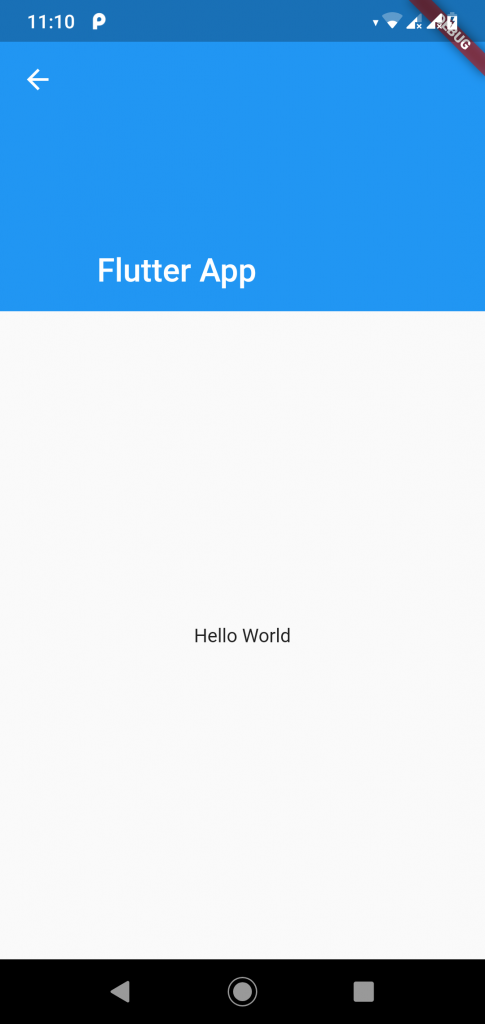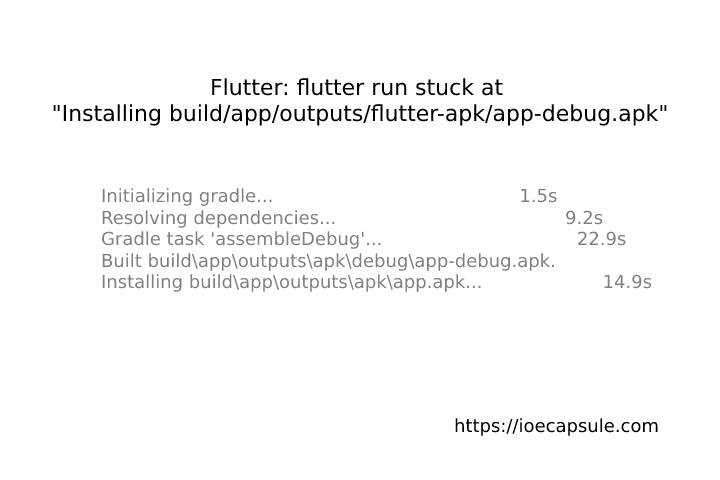Flutter: Collapsing Toolbar
The Collapsing Toolbar is UI component widely used in our applications today. It consists of displaying an image or background in the upper part of the screen, occupying a fixed space, so that later, by scrolling upwards, the content changes and becomes a navigation bar in iOS or toolbar in the case of Android.
In order to do the same in Flutter, we need to use the Widget called SliverAppBar together with FlexibleSpaceBar as a child.
Here is a simple example :
import 'package:flutter/material.dart';classCollapsingToolbarextendsStatelessWidget {finalStringtitle; CollapsingToolbar({Key key,this.title}) :super(key: key); @override Widget build(BuildContext context) {returnScaffold( body: NestedScrollView( headerSliverBuilder: (BuildContext context, bool innerBoxScrolled) {return<Widget>[ SliverAppBar( automaticallyImplyLeading:true, leading: IconButton( icon: Icon(Icons.arrow_back), onPressed: () => Navigator.pop(context,false)), expandedHeight: 200.0, floating:false, pinned:true, flexibleSpace: FlexibleSpaceBar( centerTitle:false, title: Text(this.title, style: TextStyle(color: Colors.white, fontSize: 16.0), ),/*background: Image.network( "image url goes here", fit: BoxFit.cover, ),*/), ) ]; }, body: Center( child: Text("Hello World"), )), ); } }
Result :

collapsing toolbar: expanded condition 
collapsing toolbar: collapsed condition











